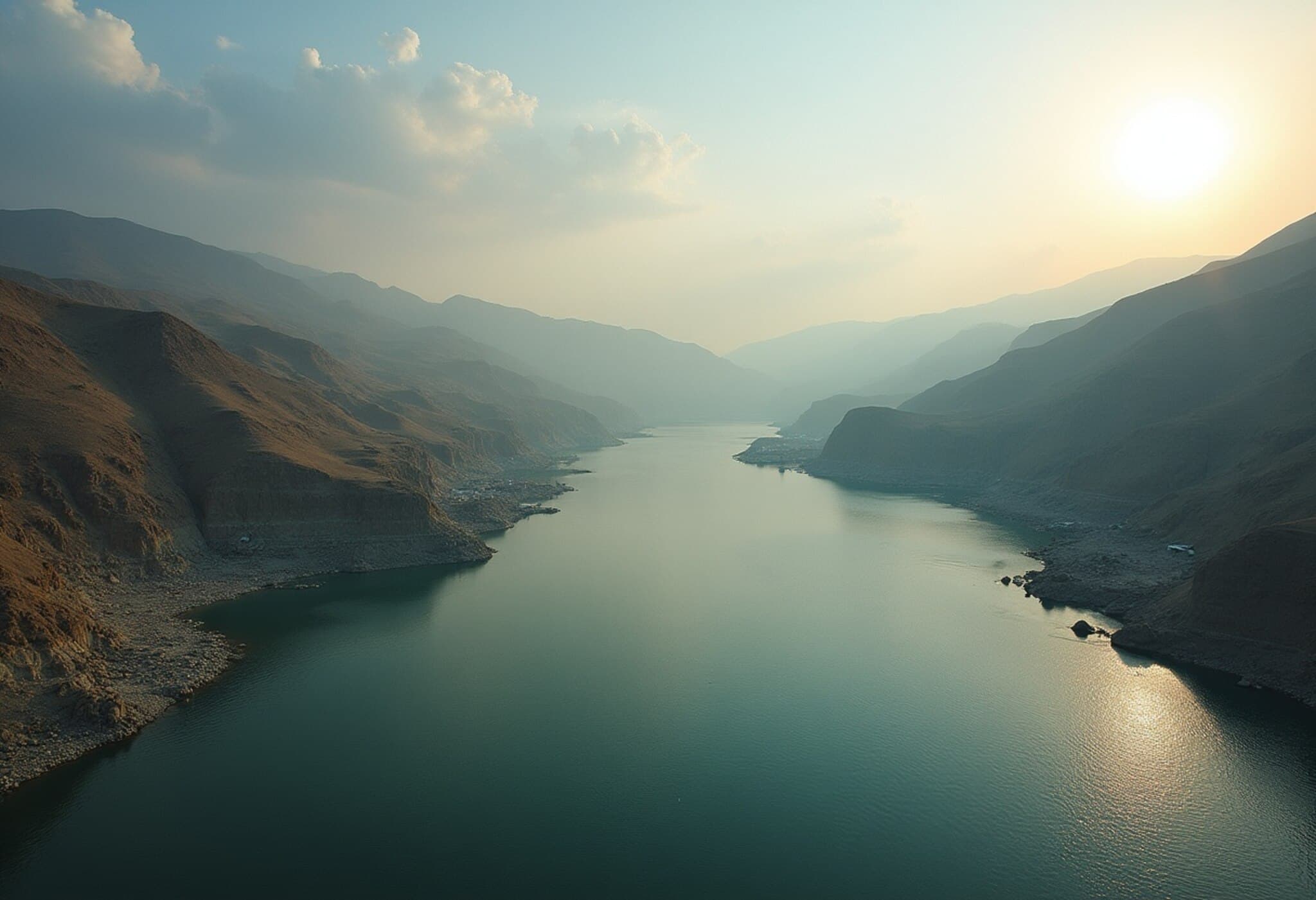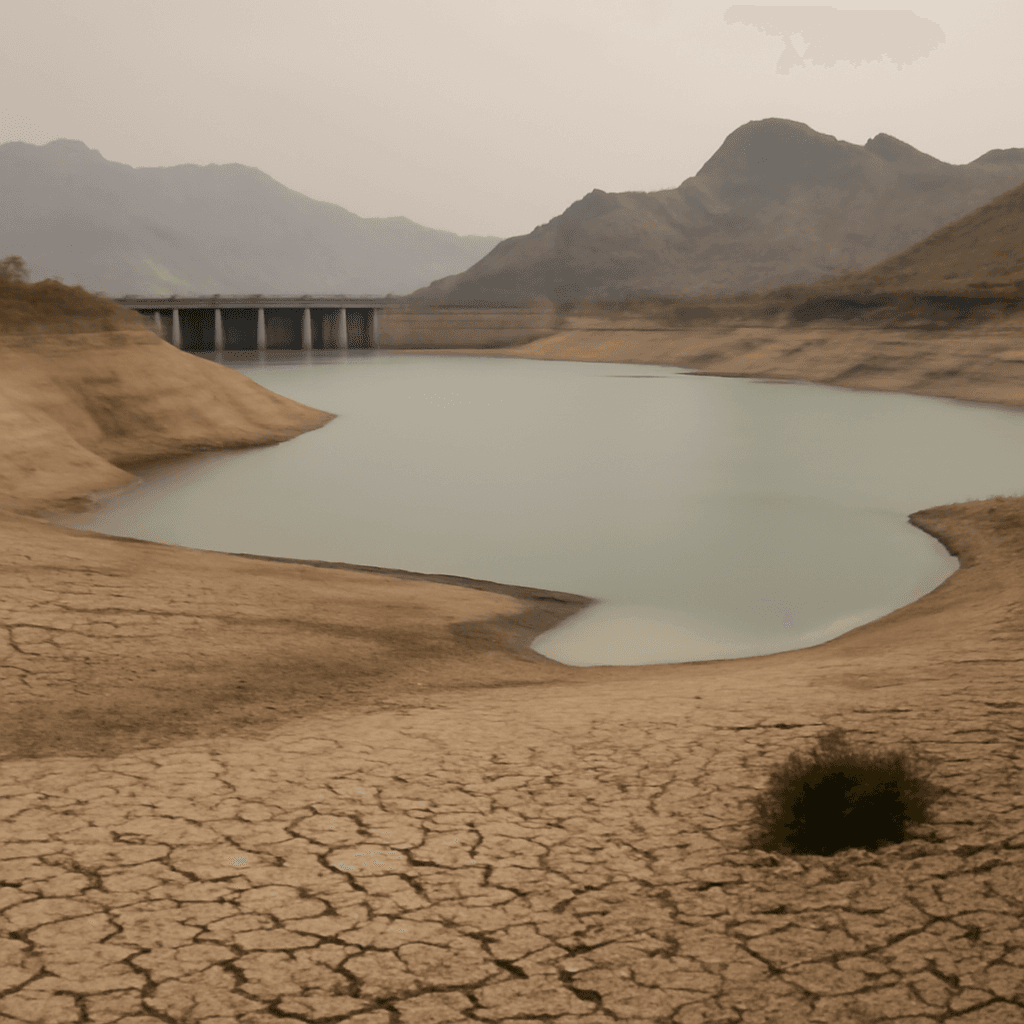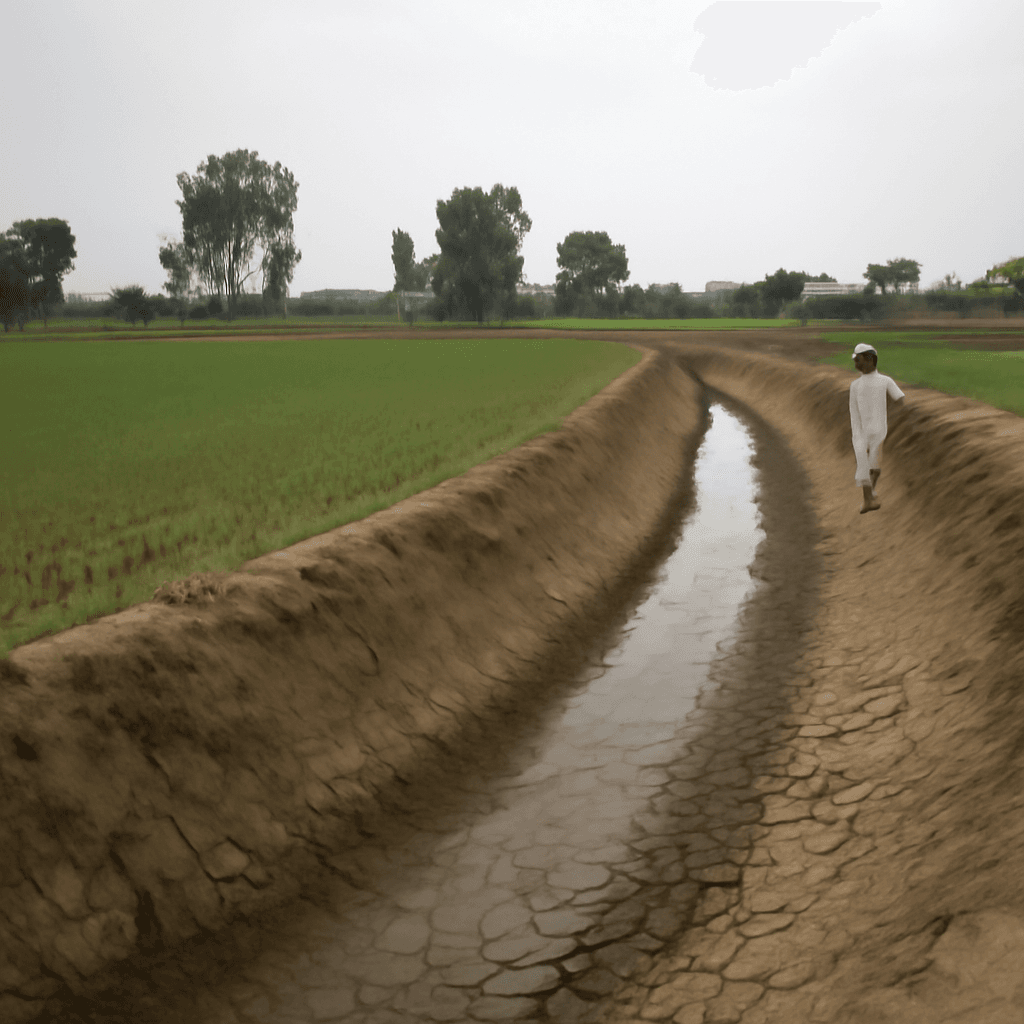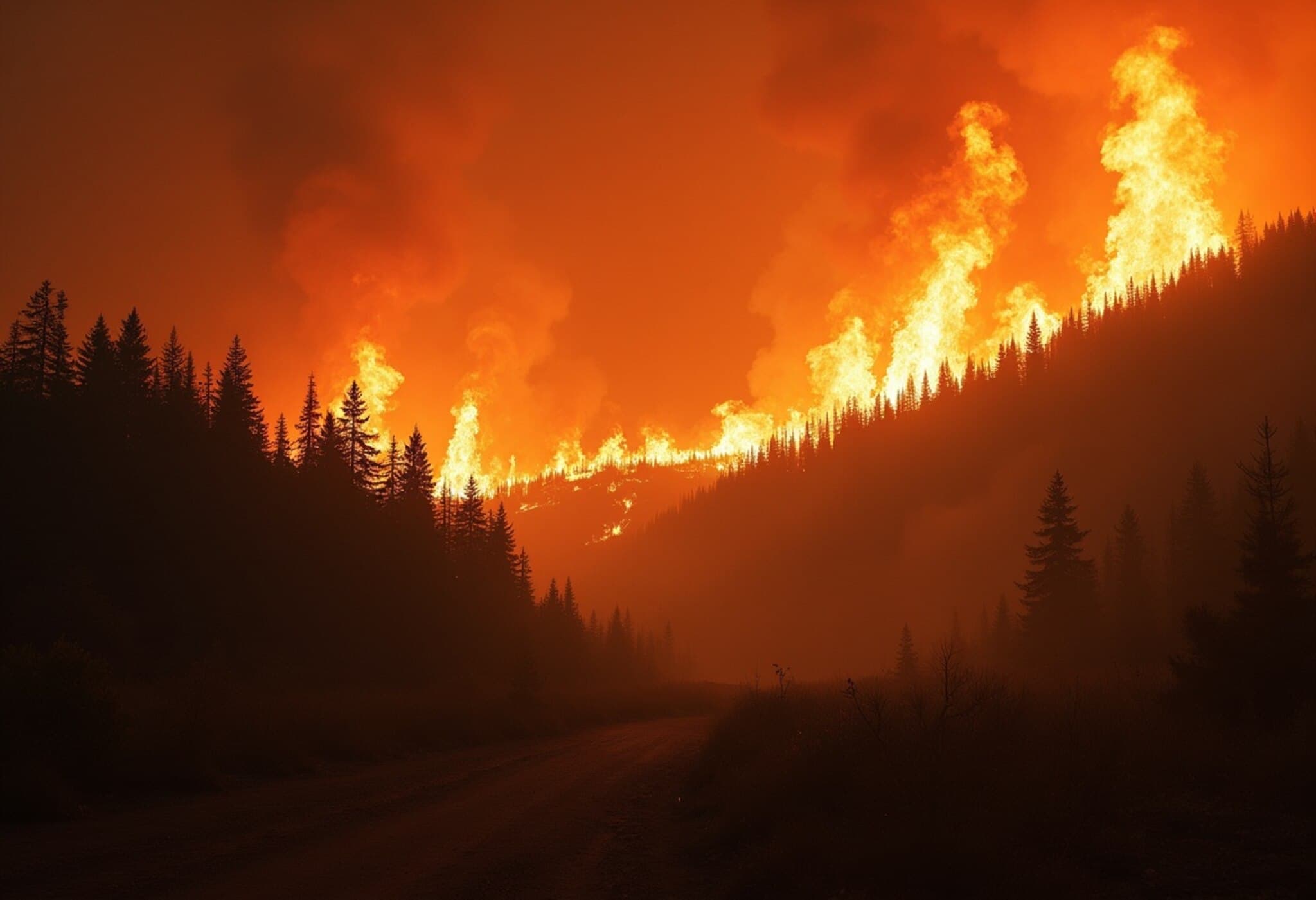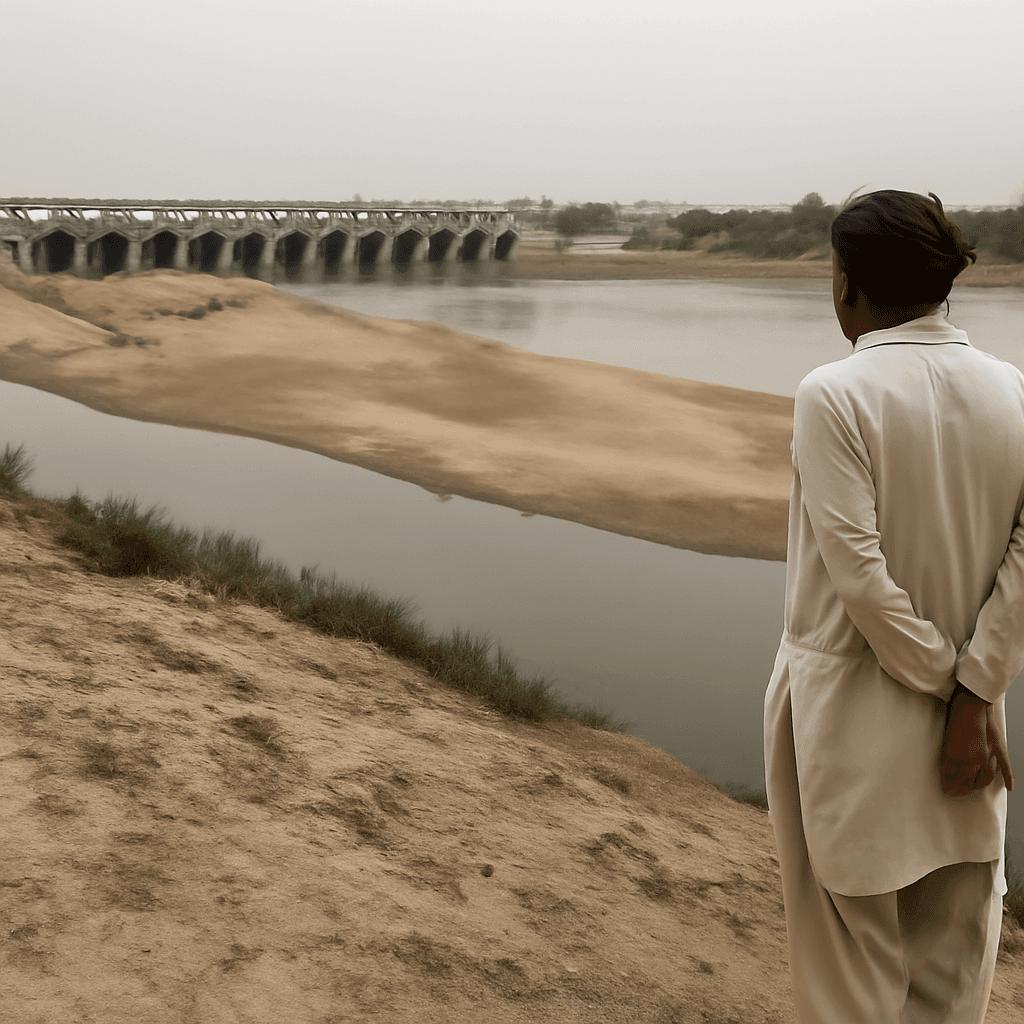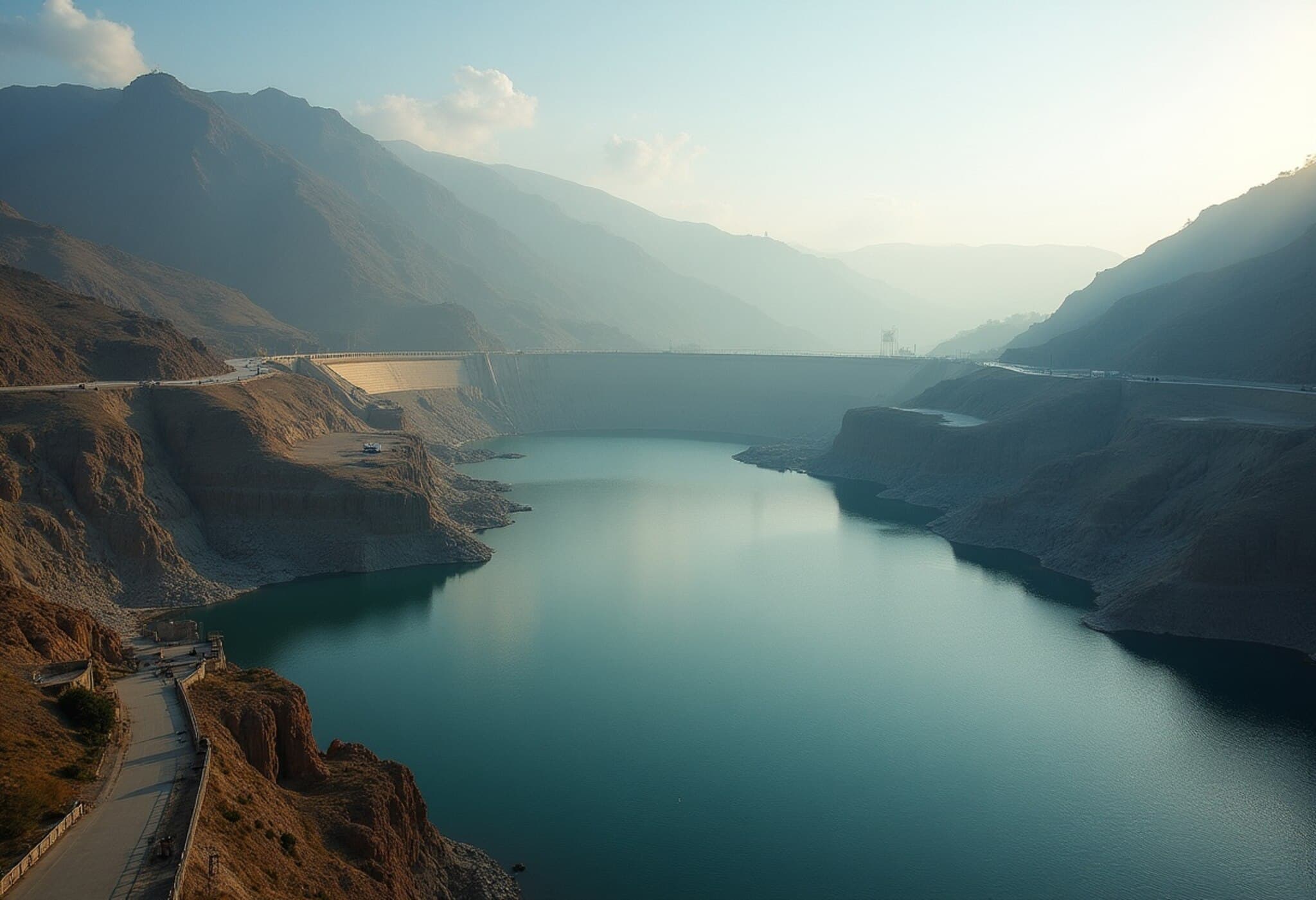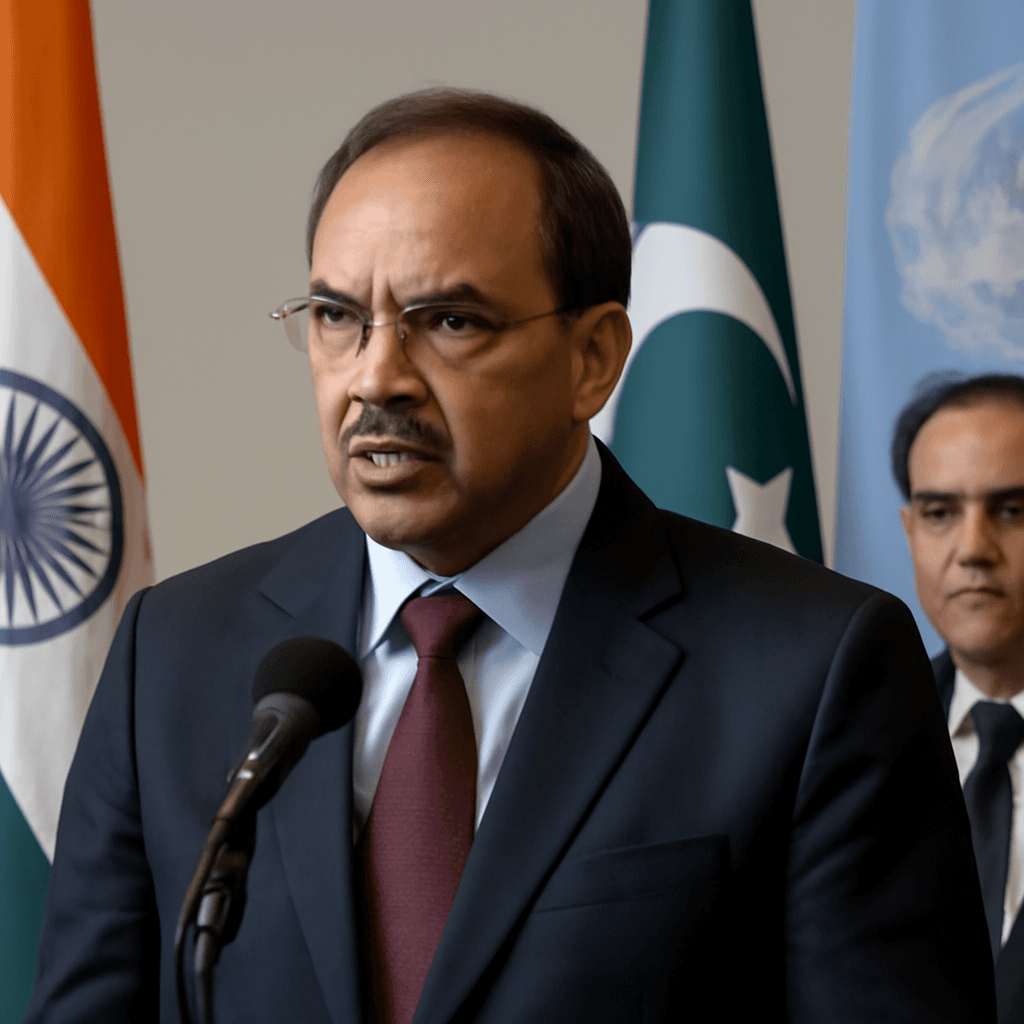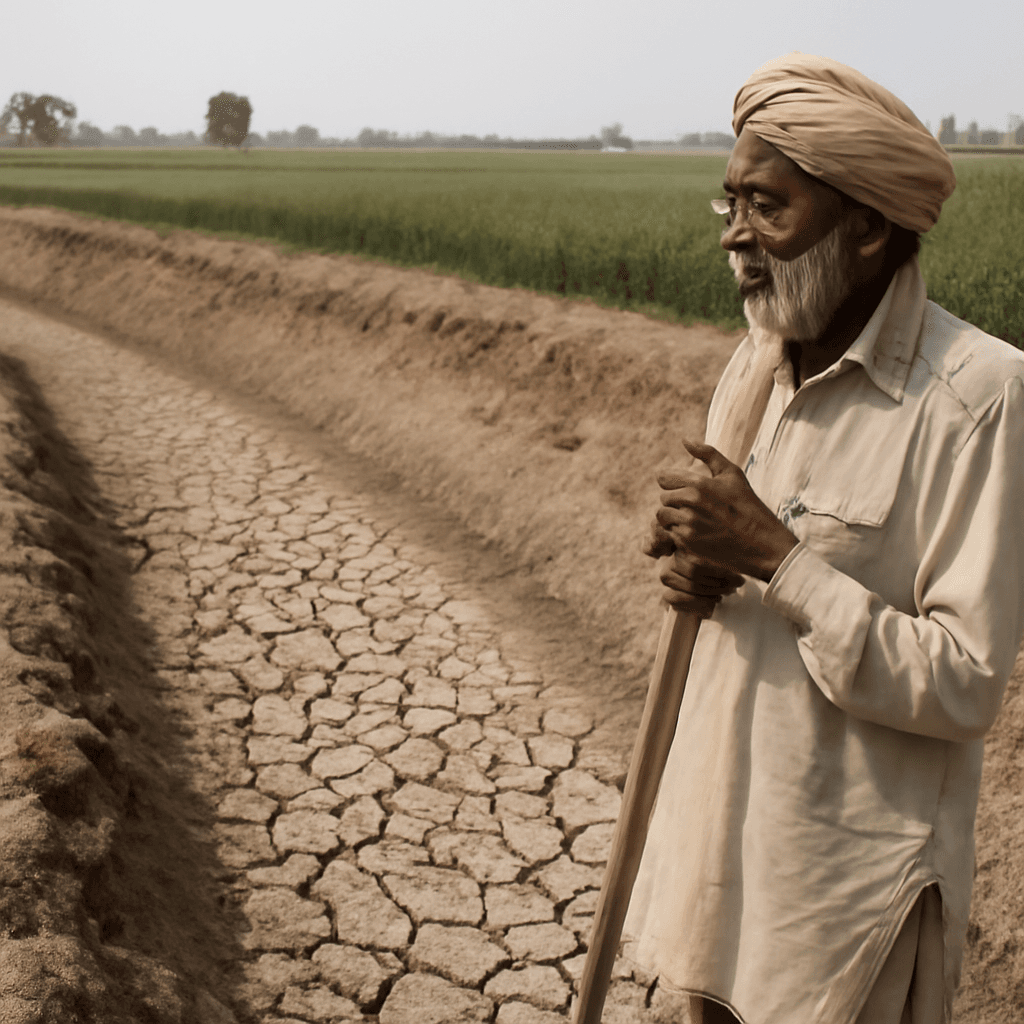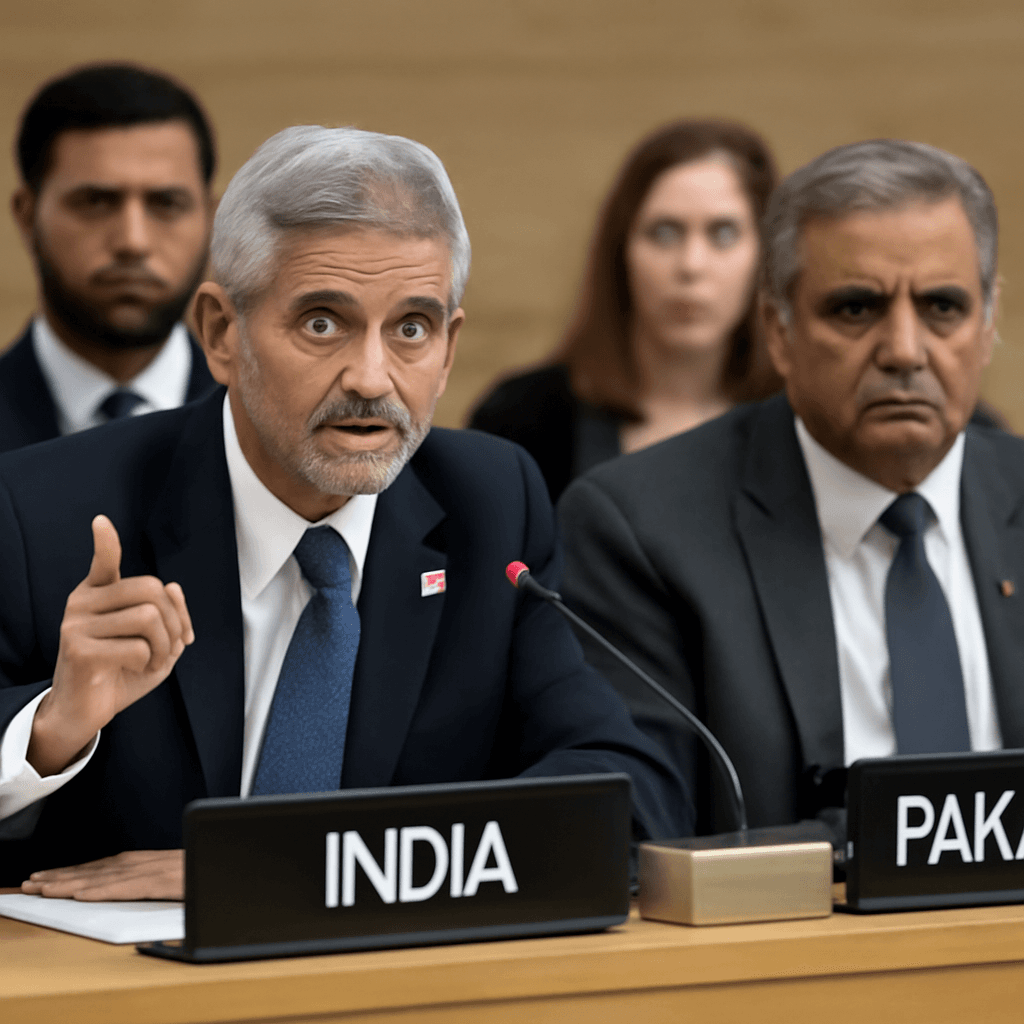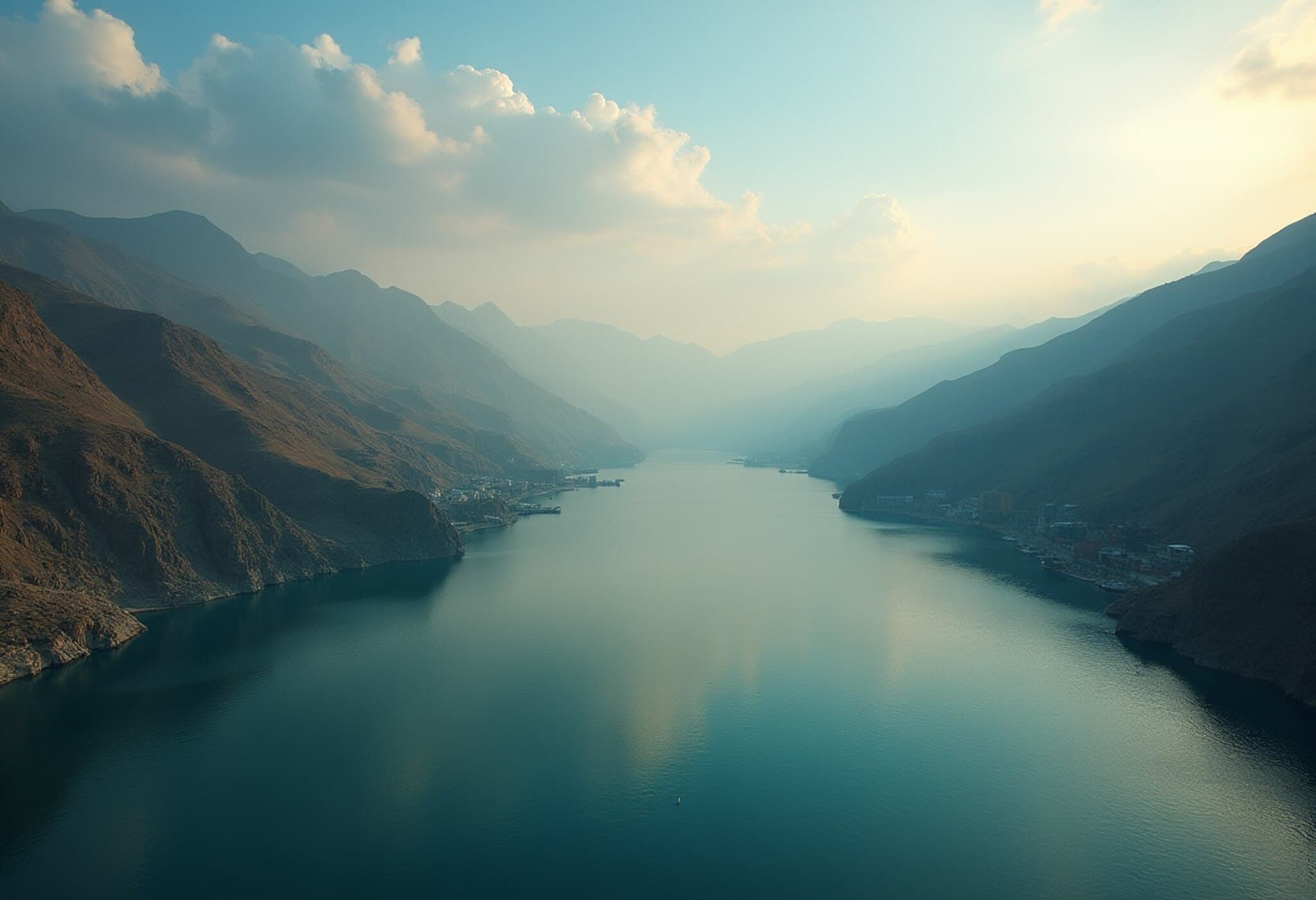Pakistan Faces Critical Water Shortage Ahead of Monsoon Season
Pakistan is grappling with a worsening water crisis as inflows from vital western rivers — the Indus, Jhelum, and Chenab — flowing from India continue to decline. This imbalance has forced Pakistan to release more water than it receives, threatening irrigation and drinking water supplies just as the kharif cropping season begins.
Water Levels at Key Dams Dip Dangerously Low
Data from Pakistan's Indus River System Authority (IRSA) reveals a troubling trend: on a recent day, the combined outflow from major reservoirs exceeded inflow by 11,180 cusecs. Outflows at crucial monitoring points including Tarbela (Indus), Mangla (Jhelum), Marala (Chenab), and Nowshera (Kabul) totaled 252,791 cusecs, while inflows were at 241,611 cusecs. This imbalance contributes directly to a continuing drop in water availability in Punjab and Sindh provinces, where agriculture heavily depends on these rivers.
Punjab, the heartland of Pakistan's kharif farming, received just 114,600 cusecs on the same day compared to 143,600 cusecs in the previous year — marking a decline of nearly 20%.
Less than a month from the onset of the monsoon, storage levels in Pakistan’s two largest dams—Mangla and Tarbela—have already slipped close to their "dead levels," meaning there’s virtually no water left to drain by gravity. This precarious situation could severely impact agricultural operations unless water flow improves soon.
Indian Dam Operations and Impact on Downstream Flows
Adding to Pakistan's challenges, regular desilting and flushing operations carried out on dams in Jammu & Kashmir by India are expected to further reduce water inflows. These procedures, intended to boost India’s reservoir capacities, inadvertently decrease the river flow downstream, exacerbating water scarcity for Pakistan.
An Uncertain Outlook Amid Suspended Water Treaty
Compounding the crisis, the Indus Waters Treaty—an agreement that governs water sharing between India and Pakistan—remains suspended following the abrogation spurred by security concerns. Consequently, India has not been sharing river flow data with Pakistan, leaving water managers in Pakistan navigating this shortage blindfolded.
Earlier warnings from Pakistan’s IRSA indicated a 21% water shortfall for the early kharif period (May 1 to June 10), largely due to reduced inflows from the Chenab river. A further 7% deficit is anticipated through the late kharif season (June 11 to September 30).
Hope for Relief With Upcoming Monsoon Rains
Despite the grim pre-monsoon outlook, there is cautious optimism that the arrival of monsoon rains next month will replenish water levels. Until then, Pakistan faces significant hurdles in managing limited water resources for irrigation and drinking purposes. Without timely and transparent data sharing between the two countries, regulating water releases remains an uphill task.
What Lies Ahead?
- Punjab and Sindh provinces are at risk of severe water shortages impacting kharif farming.
- Water levels in Mangla and Tarbela dams dangerously close to unusable limits.
- Absence of data due to suspended Indus Waters Treaty complicates water management.
- Upcoming monsoon rains may bring respite but uncertainty remains high.
As water scarcity becomes a pressing concern, the coming weeks will be critical for Pakistan’s agricultural sector and overall water security.

